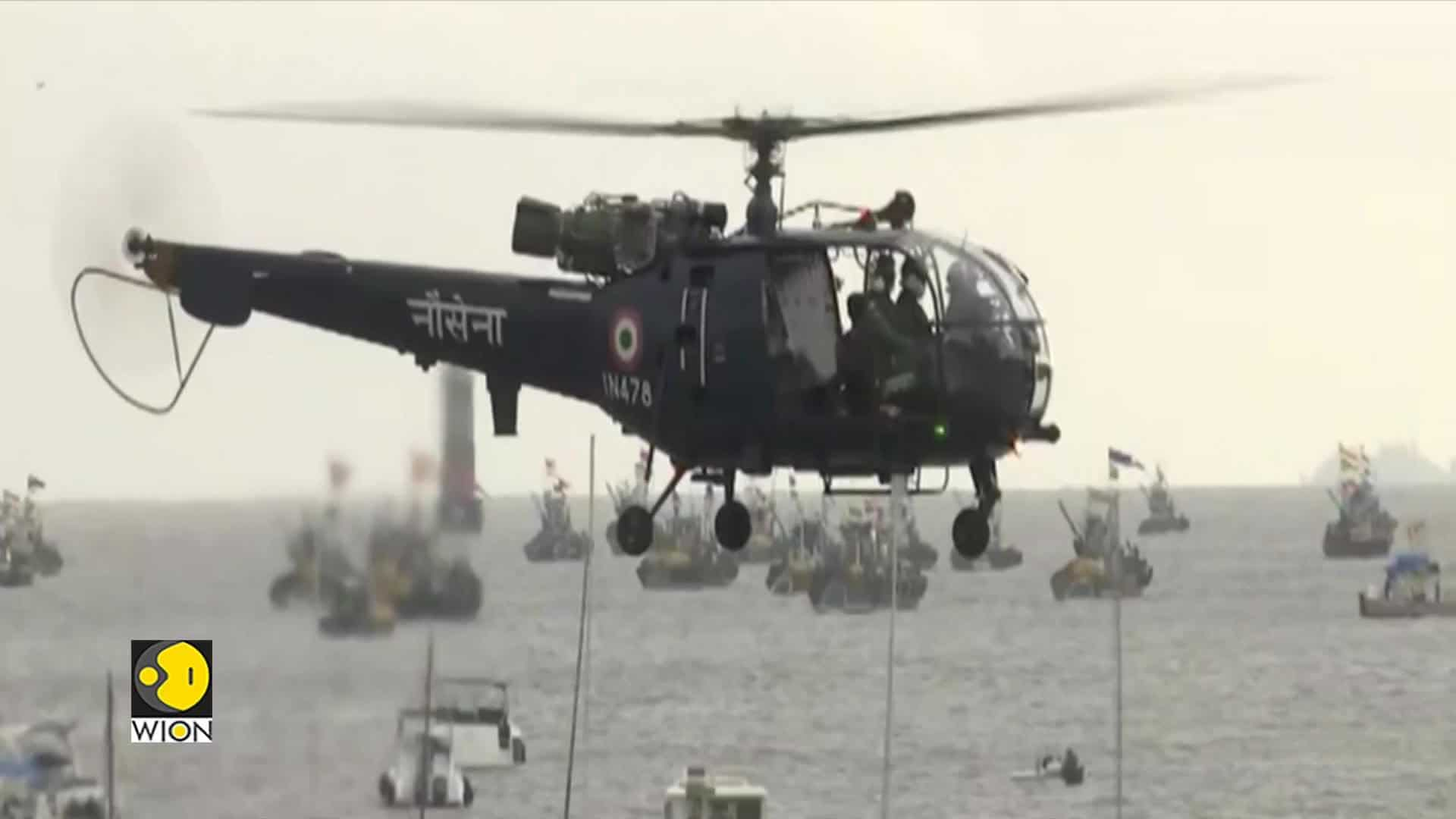In a significant development for India’s defense capabilities, the Indian Navy is preparing to conduct tests on a new anti-ship ballistic missile, known as “Pralay,” which boasts an impressive strike range of over 1,000 kilometers. This advanced weapon system is poised to enhance India’s naval power, particularly in the context of its strategic considerations in the Indian Ocean region.
The missile’s capabilities are particularly noteworthy, as they allow for precision targeting of enemy naval vessels, potentially threatening key locations such as Karachi from as far away as Mumbai. This significant range could alter the naval dynamics in the region, especially in light of ongoing tensions between India and Pakistan, as well as India’s strategic competition with China.
Developed by the Defence Research and Development Organisation (DRDO), the Pralay missile is designed to engage and destroy enemy warships, making it a crucial addition to India’s arsenal. The upcoming tests aim to validate its operational capabilities and ensure that it meets the stringent requirements of modern naval warfare.
As the Indian Navy gears up for these tests, analysts suggest that the successful deployment of such missile systems could serve as a deterrent and enhance India’s maritime security posture. The missile’s formidable range and precision strike capability may compel both Pakistan and China to reassess their naval strategies in the region.
This development comes at a time when the geopolitical landscape in South Asia is increasingly complex, with various nations bolstering their military capabilities. The Indian government’s focus on strengthening its defense systems is seen as a response to perceived threats and challenges from neighboring countries.
Militarily, the successful testing and eventual operationalization of the Pralay missile could provide India with a distinct advantage, enabling it to project power and defend its interests in the vast expanse of the ocean. As preparations for the missile tests continue, the strategic implications for regional security dynamics remain a subject of keen interest for analysts and policymakers alike.















